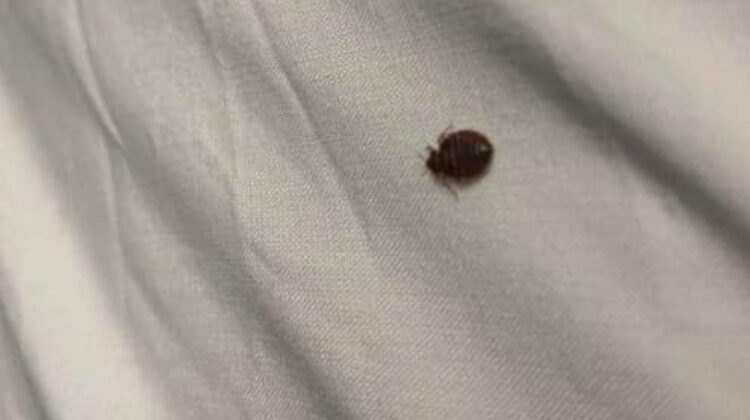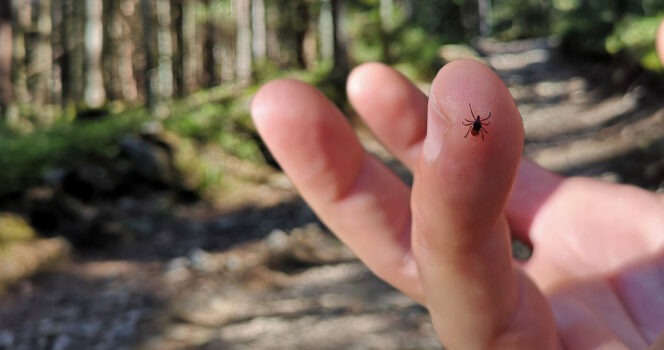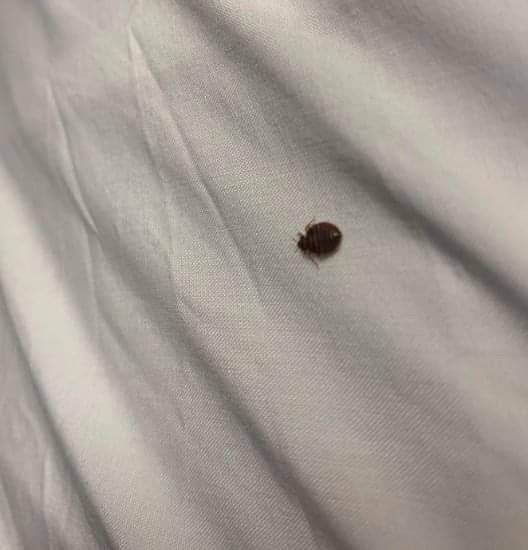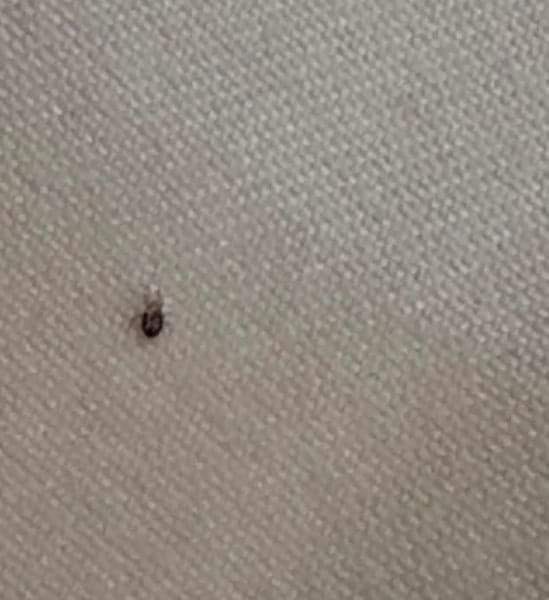
Ticks are more than just a nuisance—they can pose serious health risks to both humans and pets. These tiny parasites carry dangerous diseases such as Lyme disease and Rocky Mountain spotted fever, making them unwelcome intruders in any home. If you’ve discovered ticks indoors, it’s crucial to act swiftly and effectively.
How Do Ticks Get Inside Your Home?
Ticks typically enter homes by latching onto pets, clothing, or even shoes. They thrive in warm, humid environments, meaning bedding, carpets, and furniture can become potential hiding spots. If you live near wooded areas, tall grasses, or have pets that spend time outdoors, your chances of encountering ticks increase significantly.
What To Do If You Find a Tick Indoors
1. Identify and Isolate the Problem

If you spot a tick inside, try to determine its type. The most common household ticks include:
- Black-legged ticks (deer ticks) – Known for spreading Lyme disease
- Brown dog ticks – Often found indoors and capable of infesting homes
- American dog ticks – Can transmit Rocky Mountain spotted fever
Keep children and pets away from the area until the tick is properly removed.
2. Take Protective Measures
Before handling a tick, wear gloves and long sleeves to prevent contact. Ticks can quickly latch onto skin, so it’s important to minimize exposure.

3. Thorough Cleaning is Key
- Wash any clothing, bedding, or fabric that may have come into contact with ticks. Use high heat settings to kill any hidden parasites.
- Vacuum carpets, furniture, and crevices, paying extra attention to corners and pet areas. Dispose of the vacuum bag immediately.
4. Safe Tick Removal
If you find a tick attached to yourself, a pet, or another household member, follow these steps for safe removal:
- Use fine-tipped tweezers to grasp the tick as close to the skin as possible.
- Pull straight up with steady pressure—do not twist or jerk, as this can leave parts of the tick embedded in the skin.
- Clean the bite area with rubbing alcohol or soapy water.
Dispose of the tick by placing it in alcohol, sealing it in a bag, or flushing it down the toilet.

5. Monitor for Symptoms
After removing a tick, watch for signs of illness such as fever, rash, fatigue, or joint pain. If symptoms develop, seek medical attention immediately.
How to Prevent Future Tick Infestations
- Keep your yard tidy: Trim grass, remove leaf litter, and clear away brush piles.
- Use tick repellents: Treat pets with vet-approved tick prevention products and apply insect repellent when spending time outdoors.
- Seal entry points: Inspect windows, doors, and baseboards for cracks where ticks could enter.
Final Thoughts

Ticks inside your home are more than just an annoyance—they’re a health hazard. By taking quick action, ensuring proper cleaning, and using preventative measures, you can keep your home tick-free.
💡 Did you find this article helpful? Share it with others to spread awareness about tick prevention!

Leave a Reply